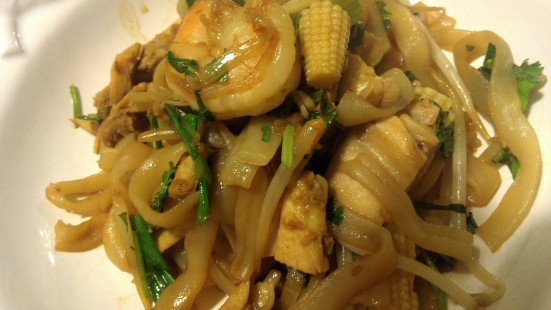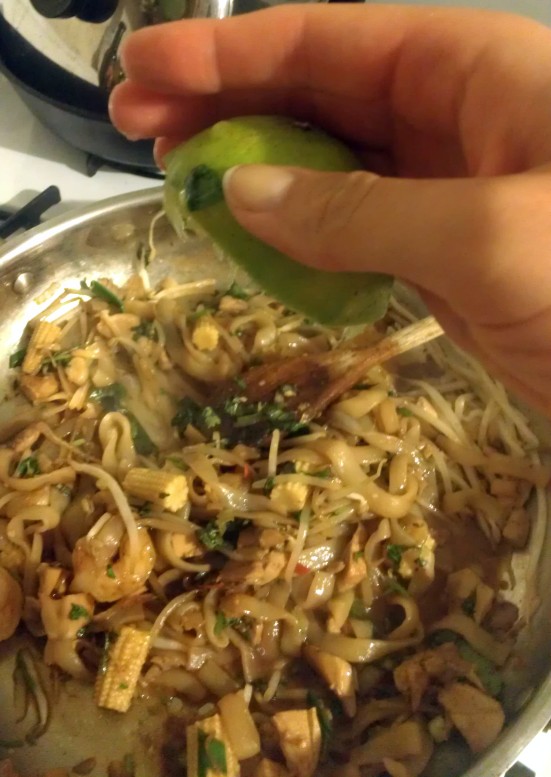One Rockin’ Roll: Vietnamese spring rolls, or gỏi cuốn.
Picture it. It’s Friday night and you’re planted on the couch, excited at the prospect of emptying your DVR, catching up on all your favorite shows that you didn’t have time to watch during the week. The doorbell rings. It’s the delivery man, and the…



























